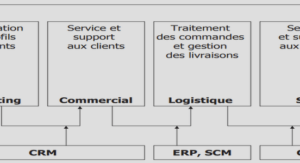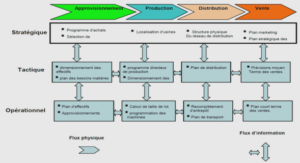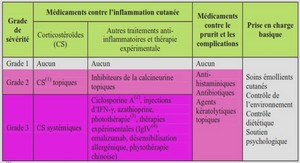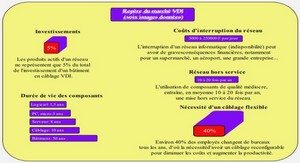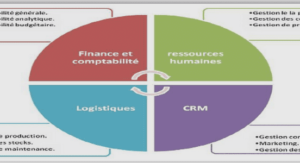THE CURRENT LYCEE SYLLABUSES AND QUESTION TAGS
The current lycée syllabuses include the “Seconde”, “Premières” and “Teminales” syllabuses. We will deal with these three levels one after the other.
The current “Seconde” syllabus
The current “Seconde” syllabus in force is based on the Order N° 1617/96 – MEN of 02-04-96 fixing the “Onzième”, “Sixième”, and “Seconde” syllabuses (See Appendix 2). It was applied starting from 1996-1997 and is still in force up to now. In the UNIT 3 concerning “OPINIONS” of this “Seconde” syllabus appears the title “question tags” (See Appendix 3) in the section devoted to structure. Consequently, as the law suggests it, “question tags” should be taught to the Seconde lycée students. In this Unit, “question tags” are associated with the “asking for agreement” function60 . It is not then surprising if Malagasy teachers of English do not teach the other functions of question tags to their students in Classe de Seconde. 60 The example used here is: « He’s a good player, isn’t he? » 58 Hence, these students will only use question tags to ask for agreement and not for something else.
The current “Premières” syllabus
The current “Premières” syllabus is enforced by the Order N° 5238/97 – MINESEB of 10-O6-97 fixing the “Dizième”, “Sixième” and “Premières A-C-D” syllabuses (See Appendix 4). It was applied starting from 1997-1998 and is still in force up to now. In the UNIT 1 entitled “SOCIALIZING” of this “Premières A-C-D” syllabus, the title “Question tags” can be seen at the beginning of the Reinforcement section (See Appendix 5). As a result, teachers should deal with “question tags” in their Premières A-C-D classes. In this Unit, “question tags” are associated with the “starting a conversation” function. However, the same syllabus indicates on Page 89 (See Appendix 6) that if the teacher judges it necessary, he/she can resort to the “Reinforcement Section” in order to deepen the teaching of the grammatical points included in this section. In other words, the contents of the reinforcement section can be omitted. So, the teacher has the choice on whether to deal with the titles or not in class, without neglecting the students’ difficulties.
The current “Terminales” syllabus
The current “Terminales” syllabus in force is based on the Order N° 2532/98 – MinESEB of 07-04-98 fixing the “Neuvième”, “Quatrième” and “Terminales A-C-D” syllabuses (See Appendix 7). It was applied starting from 1998-1999 and is still in force up to now. The title “question tag” does not appear anywhere in this “Terminales” syllabus. This does not mean that Terminale classes should no more deal with the structure as they are supposed to have tackled it in their previous classes. Moreover, the first part of this dissertation has demonstrated the fact that question tags are not only a specific grammar point, but combined with the appropriate intonation, they can also underlie various meanings. The following section will focus on the relationship between the lycée current syllabuses and the various functions of question tags with their meaningful intonation that do not appear in the syllabuses.
Studies on the relationship between the current lycée syllabuses and the functions of question tags with their appropriate intonation
Apart from “asking for agreement” and “starting a conversation”, as indicated by the Seconde and Première lycée syllabuses, question tags can involve many other unwritten specific functions. This section aims at showing that even if it is not explicitly written in black and white in the official syllabuses, the teaching of question tags is sometimes implied in these lycée syllabuses. In other words, we will try to make a connection between the current syllabuses and the specific meanings conferred by question tags or more precisely question tag functions62. It is worth noticing that the function of a question tag, which is composed of a statement and a tag, depends on the statement tense and modality used by the speaker and the intonation allotted to the tag or final ending as shown in the table below:The previous table has illustrated some functions conferred by question tags and that are included in the lycée syllabuses (as indicated in the unit/title column). Therefore, only the falling tag is used when asking for agreement. In other words, if the teacher decides to include the rising intonation in his/her teaching of question tags, precisions should be made on the fact it is not for asking for agreement anymore but for asking a real question. The previous table has also demonstrated us that it is possible, if not crucial, to incorporate “question tags” in the syllabus of every lycée level (Seconde, Première, Terminale) taking into account of the diverse functions of this mere grammatical point. The methodology applied so far is based on the analysis of the existing lycée syllabuses and their possible interpretations. From now on, our study will focus on classroom realities or more precisely the real facts that the teacher and the students face in class as far as the teaching of question tags is concerned. The next chapter will account for an investigation through questionnaires.

